Christopher Nolan is 46. He is just about old enough to remember how, until the late 1970s, the second World War dominated British popular culture. Boys' comics were riddled with tales of brave fighter pilots and still braver escape officers. Kids dressed their Action Men as British infantrymen, Australian jungle warriors and German storm-troopers (less often as the Red Army). "Isn't The Great Escape on?" Rodney Bewes said in a Christmas edition of Whatever Happened to the Likely Lads? "It usually is." The tale told was invariably that of a good war fought to a satisfactory end.
Nolan's furiously anticipated Dunkirk just about fits into that category. The director combines contemporary high technology with old-school mechanics – the film is famously shot on 70mm film – to engage with the most unlikely retreat of the war. Computers are involved. But most of what you see was there on set.
“Nolan has it all mapped out,” Barry Keoghan, one of Dunkirk’s stars, told me at the recent Cannes Film Festival. “He didn’t put this huge pressure on it. We were there to tell the story. All the planes and boats were there. Spitfires coming towards us. The real boats. You don’t normally get that. It’s usually green screens.”
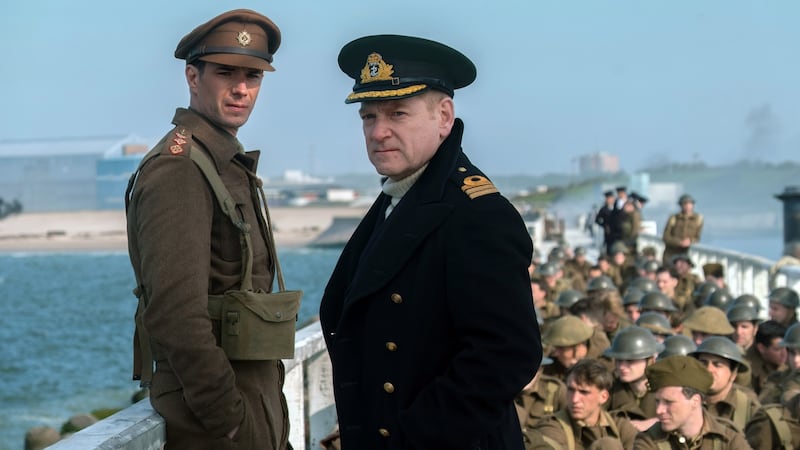
The result is a pounding marvel. But its attitude and its atmospheres are comfortably old fashioned. The 1958 film of the same title – directed by Leslie Norman, the late Barry's father – was at least as open to revisionism as Nolan's version. There are frightening, terrible things here. But the picture is still comfortable with the old legends.
Differing approaches
It is worth considering the differing approaches that British artists took to the first and second World Wars. The earlier conflict was viewed as an unimaginable, largely pointless morass of suffering that could only be fairly represented in sober art forms.
More than 70 years later, with the emergence of Blackadder Goes Forth, questions were asked about whether it was right to address the Great War through comedy. The British were laughing about the second World War while it was still in progress. Twenty years before Blackadder Goes Forth, Dad's Army – greeted with a few minor scowls at first – was the most popular comedy on British television.
The great films of the first World War are primarily about the sordidness and pointlessness of the conflict. None is gung ho
The great films of the first World War include All Quiet on the Western Front, Paths of Glory, Gallipoli, La Grande Illusion and J'Accuse. Each is primarily about the sordidness and pointlessness of the conflict. None is gung ho. (Set far from the Western Front, the equivocal Lawrence of Arabia stands as a literal and figurative outlier.)
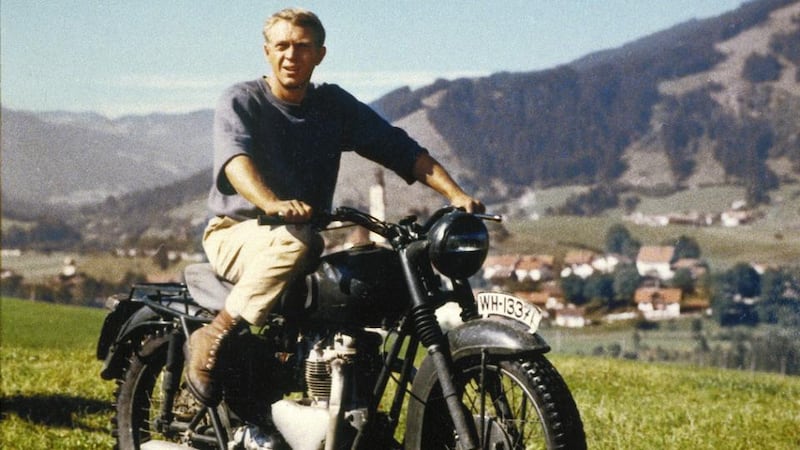
There were few equivalents of the heroic adventure stories that occupied cinemas in the 30 years after the second War. There is no 633 Squadron. There is no Guns of Navarone. The great prison camp movie of the first World War was the cynical La Grande Illusion. The great prison camp film of the second conflagration is the witty, thrilling, flashy The Great Escape. Richard Attenborough's A Bridge Too Far sounds on paper like a tragic tale of appalling hubris. Operation Market Garden, the landings near Arnhem in 1944, was one of the Allies' last great miscalculations. There is tragedy in the film. But it is also packed full of plucky grandstanding performances from the starriest cast this side of The Towering Inferno: Connery, Redford, Hackman, Bogarde, Olivier, Caine (so starry they don't need forenames).
The distinction has something to do with the apparent moral clarity of the second war. Some historians argue that the kaiser had the makings of a tyrant for the ages, but the ideological venom of the Nazi regime had no equal. There is also the persistent belief that the first war led inexorably to the second. It can almost be seen as one long conflict. The first victory was only temporary.
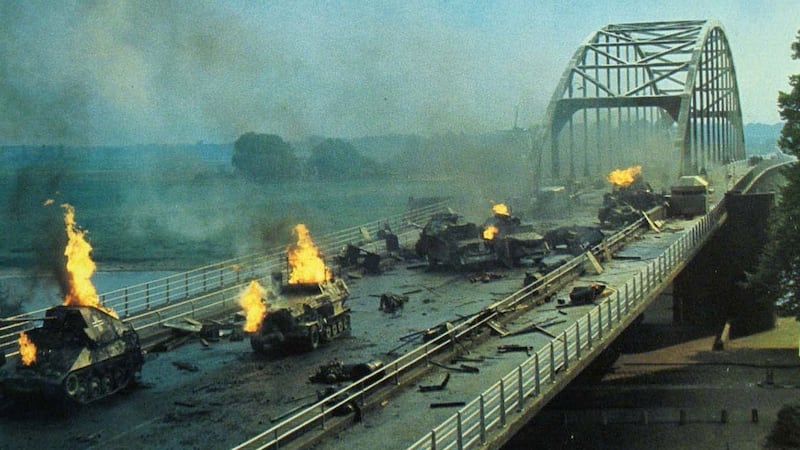
Trench warfare
More important, however, are the distinctions between how the wars were fought on their western fronts. The United Kingdom lost about 880,000 men in the first World War. The second conflict was longer and fought over many more territories, but the UK lost scarcely half that number between 1939 and 1945. Relatively few British soldiers endured the apparently endless immobility of trench warfare in the second European campaigns. Appalling things happened, but there was, for the western Allies, no equivalent of the industrial slaughter at the Somme.
For these reasons, the second World War seemed, from the moment it ended, worthy of celebration and heroic glorification. Men who actually fought were drawing and publishing comics such as Victor and Hotspur. David Niven, star of The Guns of Navarone, served in the GHQ Liaison Regiment. Kenneth More, who played Douglas Bader with the stiffest of lips in Reach for the Sky, saw action in the Royal Navy. These men had suffered. They had lost friends. But they were still willing to play along with the Boys' Own-ification of the war. The era's youth approached Where Eagles Dare with the same enthusiasm that today's teenagers bring to The Avengers.
It took decades for the British and American public to accept that the second World War was even more ghastly than the conflict that preceded it
It took decades for the British and American public to accept that, for most involved, the second World War was an even more ghastly business than the conflict that preceded it.
Speaking later about the development of The World at War, Thames television's landmark history series, Jeremy Isaacs – from Scottish Jewish stock – noted that, when the programme was conceived in the early 1970s, the Holocaust had not yet taken its place at the heart of the narrative. Just one of the 26 episodes was dedicated exclusively to those murders. That would not be the case now.
In the Soviet Union, the unimaginable horror of the Eastern Front – around 8.7 million Red Army soldiers died – allowed the Great Patriotic War to become a foundation myth for the nation. The key Soviet war film of the 1950s is Mikhail Kalatozov's sombre The Cranes Are Flying. There was little sense that the war was a gung-ho lark in that country.
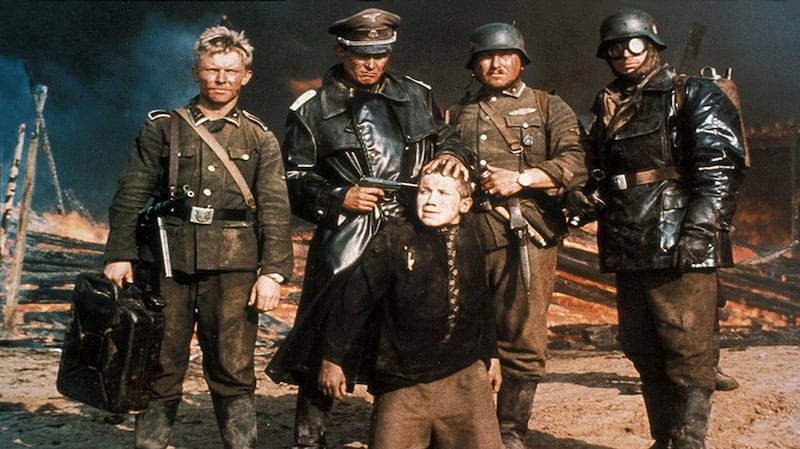
Nothing presses this home more completely than a glance at Elem Klimov's Come and See. Released in 1985, the picture follows a young boy as he witnesses endless atrocities during the Nazi occupation of Belorussia. Come and See offers an endless, brutal assault on the senses. Tinnitus layers the soundtrack. Piles of naked bodies are encountered and passed by without comment. The horror is unrelenting.
Absurd and unstoppable
You got a little of this from American films about Vietnam. That was another conflict that seemed both absurd and unstoppable. The occasional British or American film set in the Pacific campaign of the second war – Letters From Iwo Jima, Hacksaw Ridge – skirted these levels of mindless suffering. But there was little of it in depictions of the western fronts.
When Steven Spielberg's Saving Private Ryan arrived in 1998, the word was that, in shooting the landing at Normandy, the director had risked previously unexplored levels of brutality. The sequence is still effective. But so influential were the techniques – blood on the lens, cameras juddering mechanically, cluttered sound design – that they have become visual and aural clichés. There is now a Private Ryan look and feel. Even if that were not the case, the later stages of the film, when it slipped into "mission" mode, were too conventional to justify claims that much ground was broken.
Everything should have changed by now. As we move into an era in which few veterans of the second World War survive, the second World War combat movie should take on new colours and flavours. There is no evidence of that in Dunkirk.
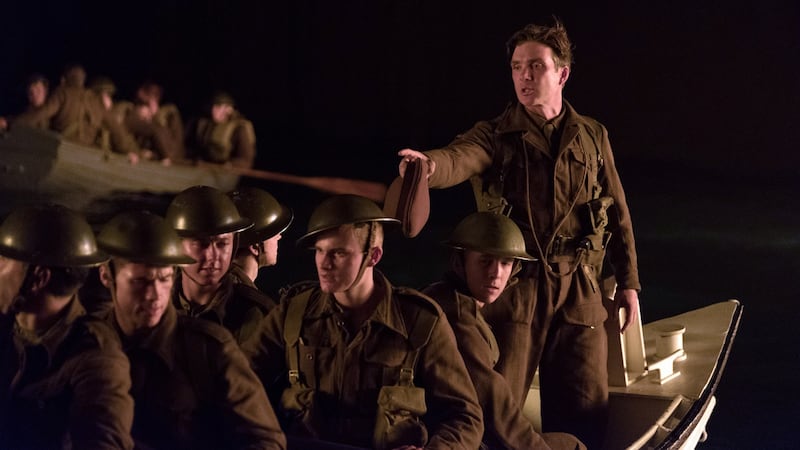
Look back and you will find endless fine second World War films. Sam Fuller's The Big Red One from 1980 is still tougher than the rest. Terrence Malick's The Thin Red Line, his return from exile, shows that director's now-overworked style to its best advantage. But the familiar heroic tropes of the British and American second World War film remain firmly in place. They were there in recent pictures such as Allied and Unbroken. They are very definitely still there in Dunkirk.
Nolan has delivered his most impressive film in over a decade. The picture is a technical marvel and a model of diligent research. But the tone is scarcely less patriotic than that of the contemporaneous Dunkirk propaganda film created in the recent, very likable rom-com Their Finest.
Dunkirk actually features the words of Churchill read beneath the swelling strains of Elgar's Nimrod. Many men die. But there is no blood and there are no entrails.
As the generation that fought dies off, the tone of the British war film becomes, if anything, more respectful and less actively revisionist.
War may be hell, but it’s hell with a happy ending.
CHRISTOPHER NOLAN: HOW HIS FILMS RANK
10: Interstellar (2014)
To paraphrase Peter Hitchens, Interstellar is a stupid person's notion of what an intelligent science fiction film should look like. Gorgeous. Spectacular. Half-baked.
9: The Dark Knight Rises (2012)
Kim Newman notes that the so-so conclusion of Nolan's Batman trilogy included the "lose the bomb" plot from the 1966 Batman Adam West movie.
8: Following (1998)
Hugely promising, no-budget feature concerning a young man, ahem, following strangers throughout London.
7: Insomnia (2002)
Nolan adds little original to his remake of Erik Skjoldbjærg's procedural crime drama set in permanent daylight north of the Arctic Circle. An efficient enough thriller.
6: Inception (2010)
An enormously beautiful, precisely arranged film that fails to provide sufficiently interesting answers to its many uninteresting questions.
5: Batman Begins (2005)
Bringing Nolan to the Batman franchise sounded like a risk, but he managed to energise the franchise with his sombre, faux-existential aesthetic.
4: The Dark Knight (2008)
Almost certainly deserves its reputation as the best superhero film yet made. Nolan acknowledged the influence of Michael Mann on his cityscapes. The throbbing menace was all his own.
3: The Prestige (2006)
Nolan stepped aside from urban mayhem of Batman for an impressively insidious adaptation of Christopher Priest's novel. That story gave Nolan the narrative spine he often lacks.
2: Dunkirk (2017)
With the second-shortest film of his career, Nolan has delivered that most singular of beasts: the pared-down epic. Numbing throughout.
1: Memento (2000)
Nolan's most disciplined film – a noir told backwards – is also his most satisfactory work. A simple story tied into a fascinating knot.












